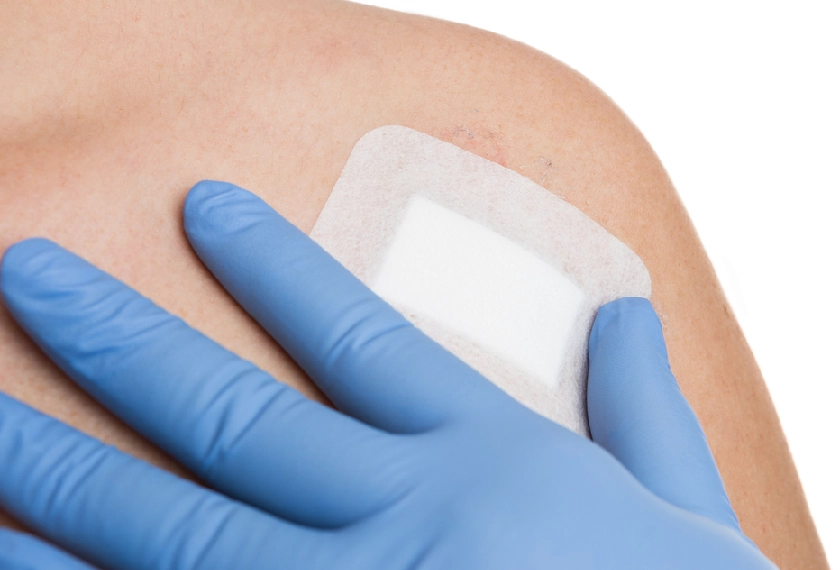Wound Care Strategies for Malignant Wounds
A cancerous ulcer, which is also called a malignant wound, needs a special and individualized approach to wound care. Our main goal is to ensure patient comfort, avoid inconvenience, and achieve a better quality of life.
Key Considerations in Wound Care
When managing malignant wounds, it is of paramount importance to consider the following factors:
- Tumor-related factors like tumor size, location, and histology
- Patient-related factors like nutritional status, mobility, and the general health of the person
- Wound-related factors such as wound size, depth, and exudate level
Wound Care Product Selection
Making the right choices in wound care is a top priority when managing malignant wounds. The products in these categories need to be looked at:
- Protective dressings used to cover the wound and protect it from friction and pressure
- Absorptive dressings used to handle high levels of exudate
- Debridement agents that trigger autolytic debridement as well as tissue repair
Case-Based Product Selection
Furthermore, when you decide on wound dressing products for the wound, think on the following case bases:
- Wounds with high exudate levels: Superabsorbent dressings or foam dressings that have superabsorbent properties
- Wounds with friable tissue: Gentlest, not-harsh dressings that foster autolytic debridement
- Wounds with odor: Odor-controlling dressings or charcoal-based dressings




